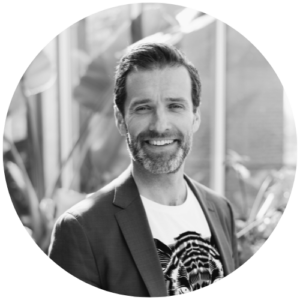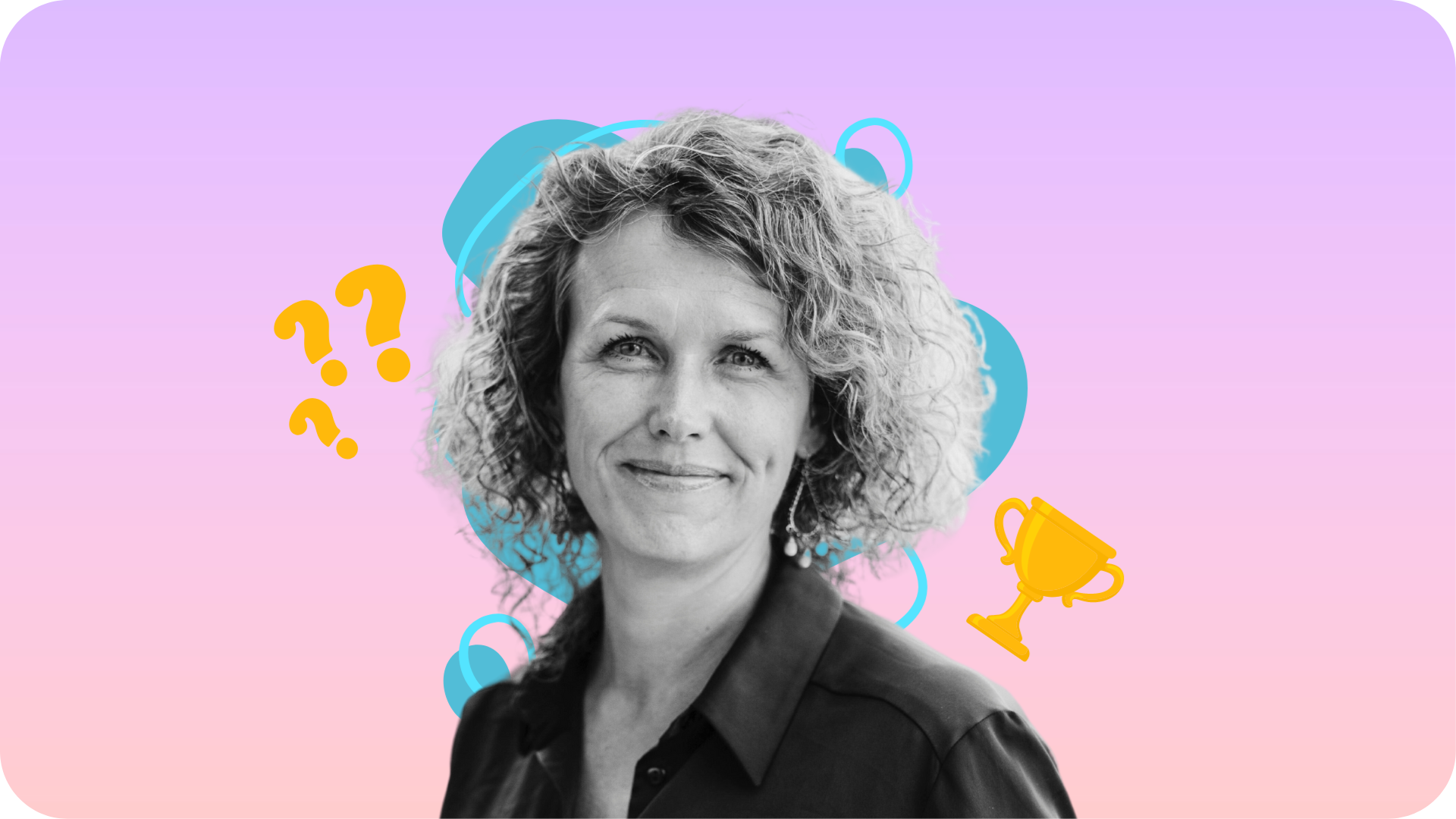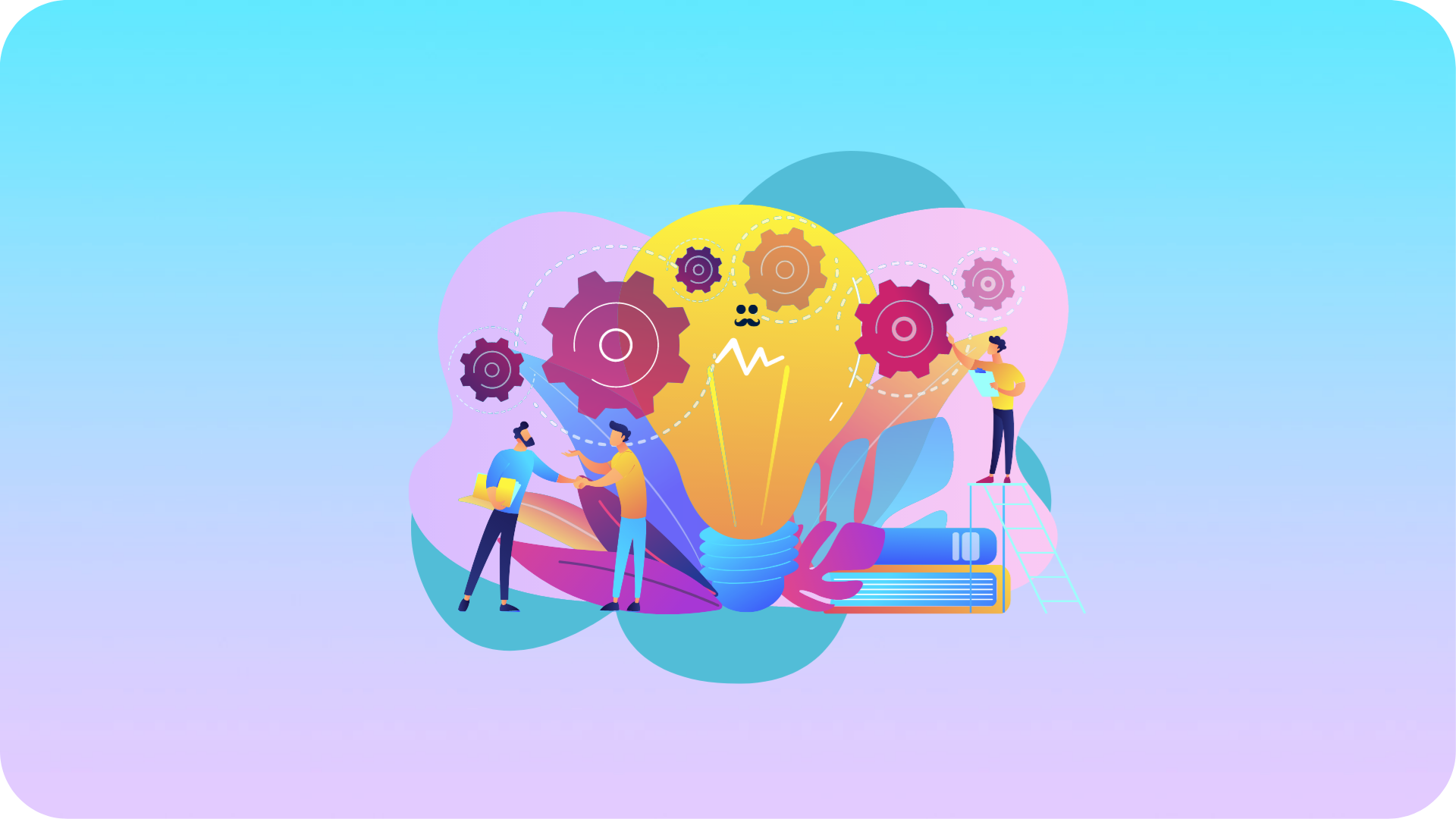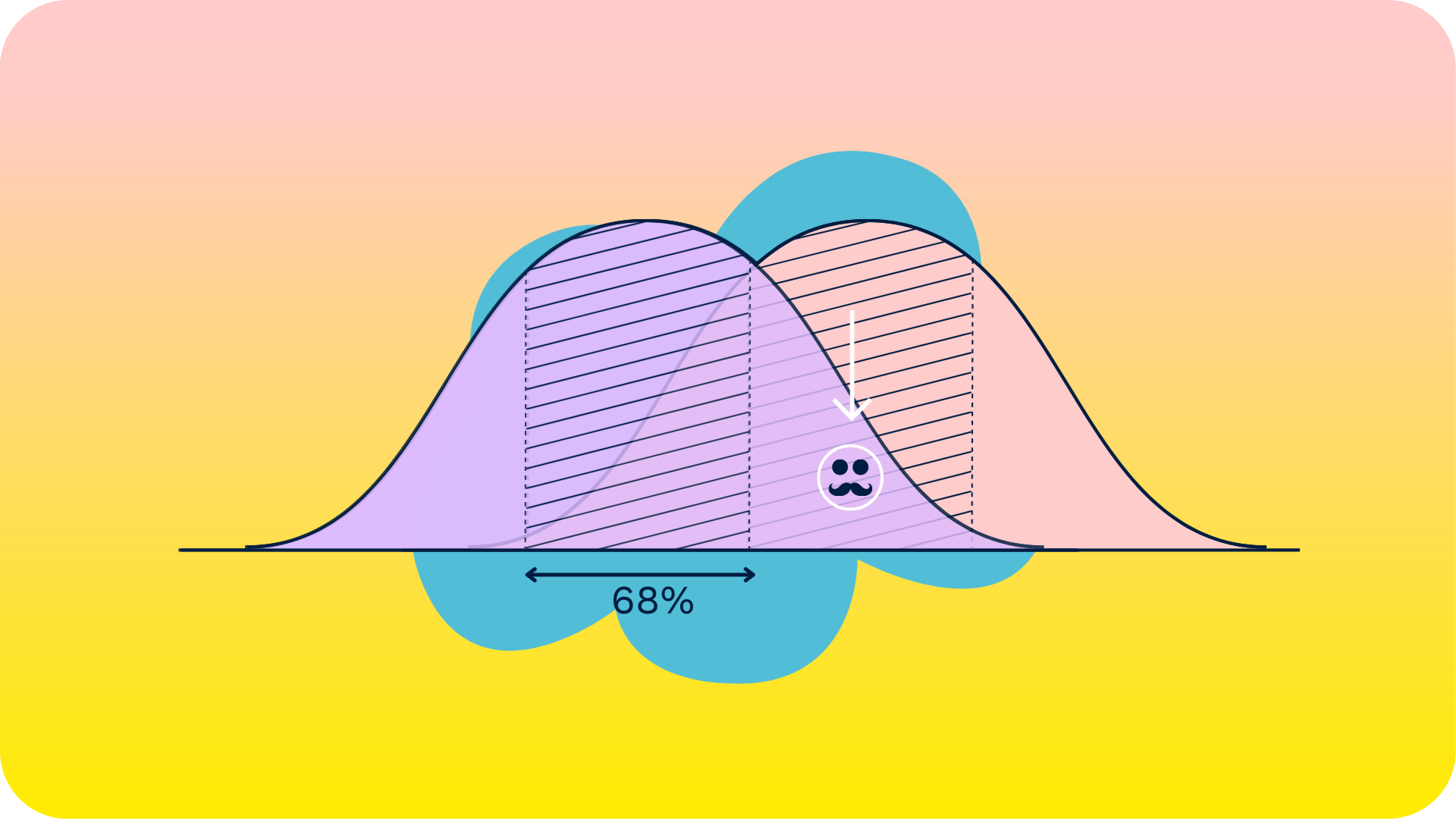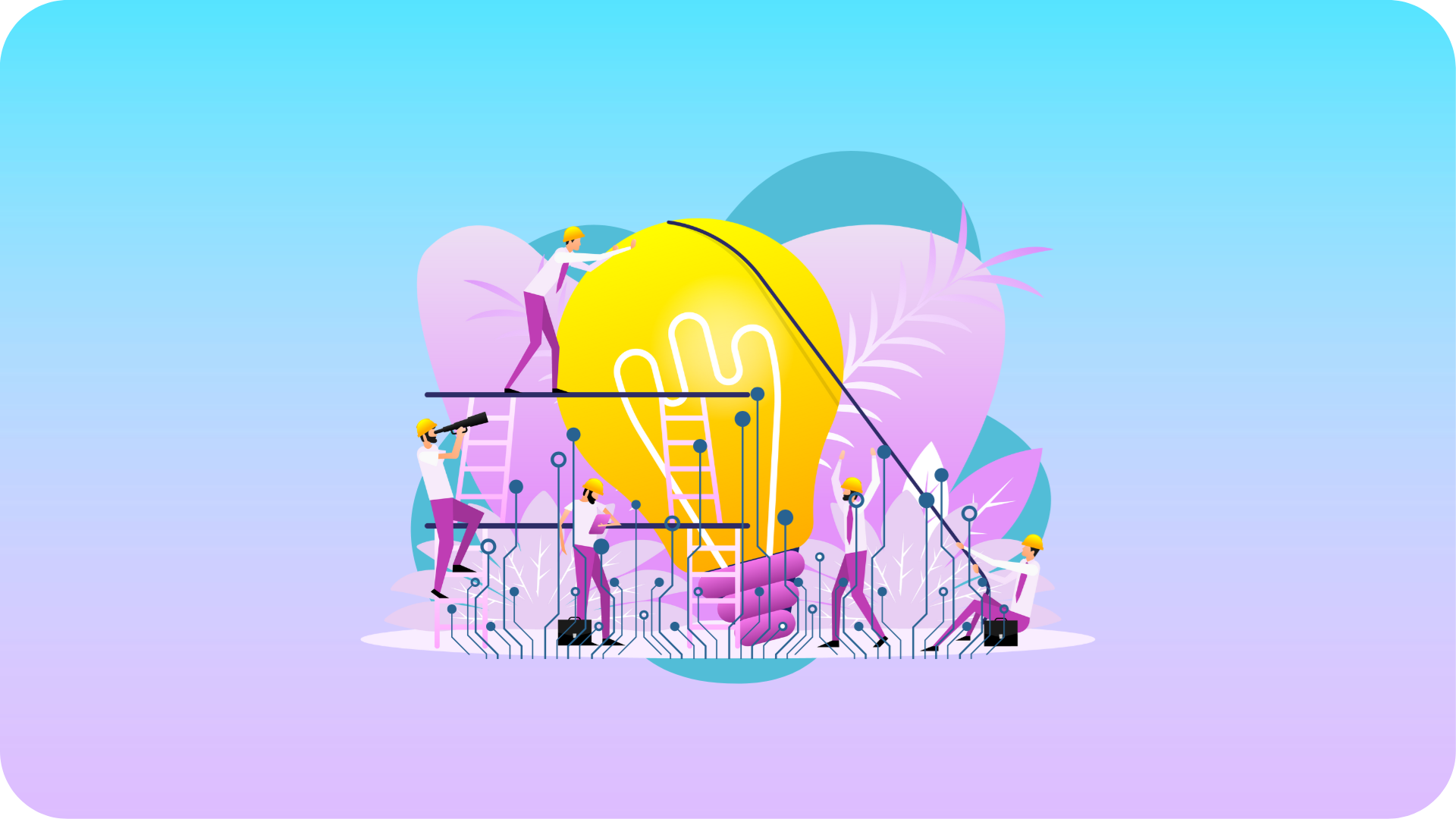Organizational transformation is impossible… or not?
In the projects I’m involved in at Minkowksi I usually run into two kinds of people. There are those who believe they can change the world (or less ambitious variations of change) and that the companies they work for can change. And then there are those who don’t believe that (big) companies can change, which contributes to organizational transformation. They believe that whatever is, just is, and you should focus your energy in other places. The dialectical relationship between these two positions goes way back. In fact it goes thousands of years back to the old Greek philosophers Heraclitus and Parmenides. When you understand the difference between these two perspectives it can help you applying the possibilities of the future to your organization. Here’s how…
Panta rhei
I’m sure I’m going to do short on the work of these great Greek philosophers. My apologies to the real philosophers among you all for paraphrasing these ideas here. The phrase ‘panta rhei’ (everything flows) was spoken by Heraclitus. To go short, it means that change is continuous. Everything is always changing. Just like the water in a river is always moving, you are never able to step into the same river twice. Even if you would be able to stand still, the word around you moves on and changes continuously. But Heraclitus also believed in the unity of opposites. Meaning that he believed that his panta rhei and the opposite perspective should be held into account at the same time. In the end everything is becoming in accordance with logic and reason.
What is, is
In contrast to Heraclitus position, Paremenides wrote in his poem ‘On Nature’ that reality is one and change is impossible. He distinguishes between truth and opinion and argues that the latter is just an illusion. So, when you find yourself in a conversation with someone that argues that the world can be changed, while you think things just are the way they are, you find yourself in a millennia old philosophical conversation. So what can you do with this understanding?
What do you do with this as an organization?
At Minkowski we are strong believers that everything can be changed. We are in the business of organizational transformation after all. But we also believe that you need more than just the believers to make any change sustain for the future. The ‘non believers’ are part of your culture and play a very important role concerning applying future possibilities to your organization. And of course, it is not that the non believers don’t have a perspective on the future – it is just different from yours.
In our sessions we help groups to formulate the reasoning on their future perspective using the Wheel of Reasoning. This tool helps you to articulate your position on the future in a logic structure. The opposites as described above then form the outer limits of the cone of possibility that maps all the possibilities you have as an organization in the future. There is no single truth for your future. Thus, it is much better if you hold these opposing positions of the future as possibilities, to enable you to adapt (in the present).
What do you do with this as an individual?
More importantly the question is what do you do with this understanding as an (professional) individual? First off: you have to allow yourself to step into the shoes of your conversation partner. Don’t try to convince him or her of your opinion, but rather try to understand the other persons position. You can do this in two ways:
- Keep asking why; not to be obnoxious, but just to dig a little deeper into the argument. It is likely that this will give you great insight on what some thresholds are that you have to overcome. Or it can greatly inspire you with some triggers and new ideas for your own future. When the answer you get is: ’that’s how things are’ you can always slightly shift to: ‘since when has this been the case?’
- Respond (vocally or not) with the words ‘yes, and…’; try to follow along in the statement that somebody is making by adding thoughts to it (even if you don’t agree with it). See if it will change your perspective or not.
Both these strategies work to get better informed on the position that your conversation partner is holding. It can then provide you with valuable solutions to move forward. Whatever you do, don’t respond (even in your mind) with the word ‘but’, because that will keep you both in the position that you are in and will not bridge the gap between you two.
It takes a bit of practice to do this. The more you do it the better you will get at it. And don’t be afraid to fail at first…
Learn more
If you want to learn more about mapping the possibilities of the future for your organization get in touch with us or send me message.
If you want to dig deeper into the ideas of philosophers, I can greatly recommend the School of Life to learn more.
Written by Jörgen van der Sloot
Founder & Head of Futures at Minkowski
